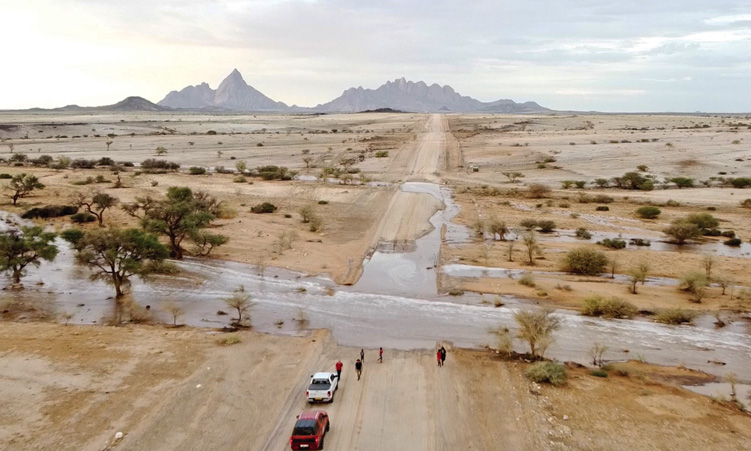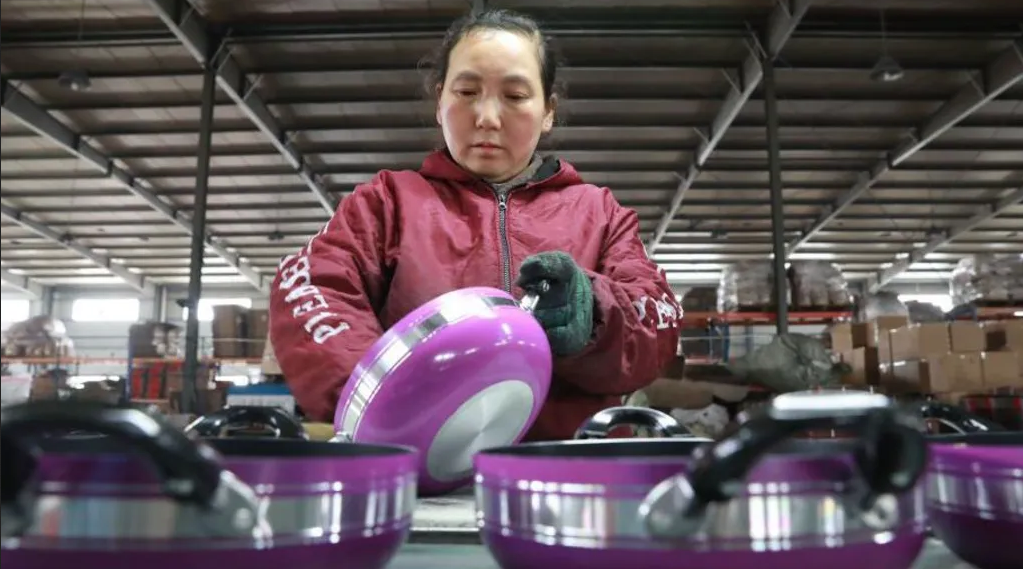Crossing rivers during the rainy season can be risky, with strong currents and hidden obstacles posing dangers to both vehicles and drivers.
Namibia is known during the rainy season for flash floods and slippery, muddy gravel roads.
And, as usual, Namibians love to take to the road in search of river adventures.
Top Revs recently took to the roads less travelled in search of rivers in remote areas since many people often reside in such areas and often have to face raging waters to get to their destinations, despite the weather and road conditions.
Approaching any river or even a puddle could pose some hazards, like damage to your vehicle or injuries and fatalities.
One of the first safety precautions is to stop at a safe distance and try to establish the depth of the river.
This can be established by trying to walk through it, but keep the flow of water in mind before entering – either by foot or vehicle.
This way one can determine the presence of big boulders, sharp tree branches or any other object that could damage your vehicle.
Danie van Ellewee from Jakkals Adventure Tours says the best advice is to approach every river with caution, especially during the rainy season.
It might not rain where you are, but it might have rained further upstream, causing water to come down unexpectedly and landing you in trouble.
“Whenever I get to a river, I just get that gut feeling that this will be a difficult one, and then I don’t even think of crossing it,” Van Ellewee says.
He says he has had some nerve-wracking experiences, like the time when he was almost washed away as his vehicle started to drift downstream.
But a cool and calm head saved him and his vehicle, he says.
“I’ve had some experiences where I entered the river and the stream took me. I then turn the vehicle and drive diagonally until I reach the other side,” he says.
But this is not advised, he says.
The best is to wait at a safe distance for the water to subside before crossing, and keep in mind that there could be some debris in the water that can damage your tyres or vehicle’s underbody.
Some safety tips as per international standards are as follows: Do not speed into rivers, rather drive slowly to avoid waves, keep the engine revolutions a bit higher and more steady when crossing water, and keep the vehicle moving to prevent the engine from stalling.
Once you have exited the water, test your brakes to ensure they are working.
High speed on a wet surface could cause aquaplaning and could result in losing control over your vehicle.
Do not challenge any safety barriers or warning signs set up by the authorities.
Snorkels fitted on 4×4 vehicles might help the engine “breathe” when submerged, but it is not advised to do so.
The primary purpose of a snorkel is for better air intake and better performance.
Stay informed with The Namibian – your source for credible journalism. Get in-depth reporting and opinions for
only N$85 a month. Invest in journalism, invest in democracy –
Subscribe Now!










